Dhaka, Apr 26 (V7N)- Today, Saturday (April 26), marks the 39th anniversary of the Chernobyl disaster, one of the most catastrophic nuclear accidents in human history. On this day in 1986, a devastating explosion rocked the Chernobyl Nuclear Power Plant in the former Soviet Union, now present-day Ukraine.
Recognizing the magnitude of the tragedy, the United Nations General Assembly declared April 26 as the International Day of Remembrance of the Chernobyl Disaster in a resolution passed on December 8, 2016.
The Chernobyl plant housed four nuclear reactors at the time. The disaster occurred during a safety test on the fourth reactor, when a series of operational errors led to overheating and an explosion. Workers on the night shift mistakenly added excessive cold water to the reactor's turbine, reducing steam generation and causing a catastrophic buildup of heat.
The explosion released radioactive materials equivalent to 400 times the radiation emitted by the atomic bombings of Hiroshima and Nagasaki combined. The contamination spread across 155,000 square kilometers, affecting parts of Ukraine, Belarus, Russia, and even reaching as far as China and the United States.
The immediate blast killed two workers, while 29 others died within a month due to acute radiation exposure. Over time, approximately 8,000 people succumbed to cancer and other radiation-induced diseases. The disaster also forced the evacuation of around 400,000 people, and the city of Chernobyl was declared uninhabitable for the next 20,000 years.
To this day, a 30-kilometer exclusion zone surrounds the Chernobyl site. The abandoned area has transformed into a vast wildlife sanctuary, covering 2,600 square kilometers. Despite the persistent radiation risks, the Ukrainian government opened the zone to tourists over the age of 18 in 2011, attracting nearly 100,000 visitors annually. However, tourism has been suspended since Russia’s full-scale invasion of Ukraine began in February 2022.
The Chernobyl disaster remains a stark reminder of the potential dangers of nuclear energy and the lasting impacts of human error.
END/MSS/AJ



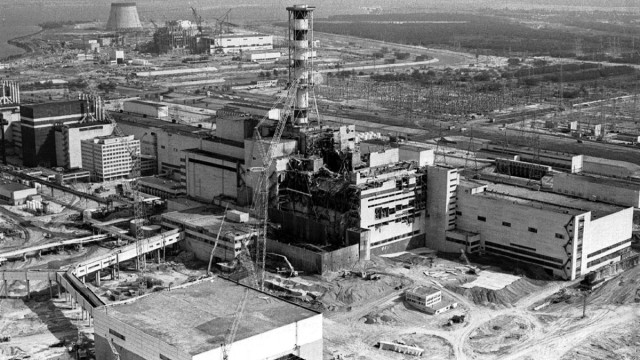
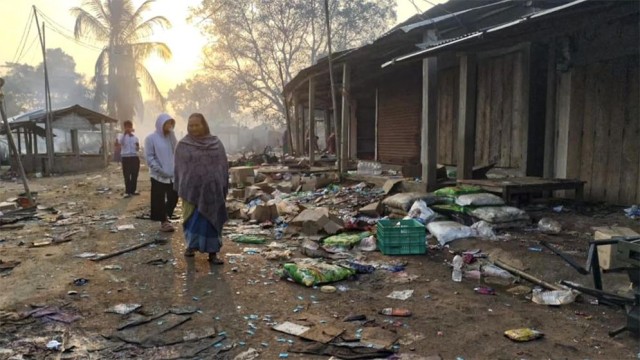
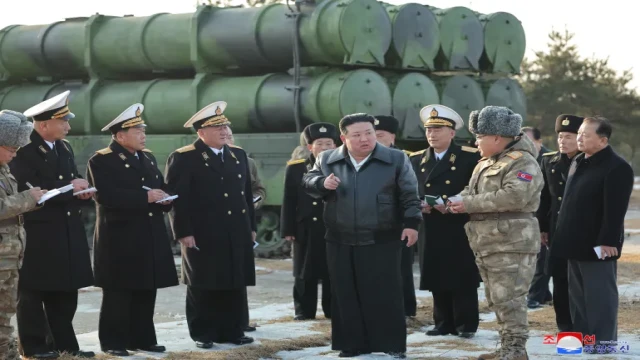





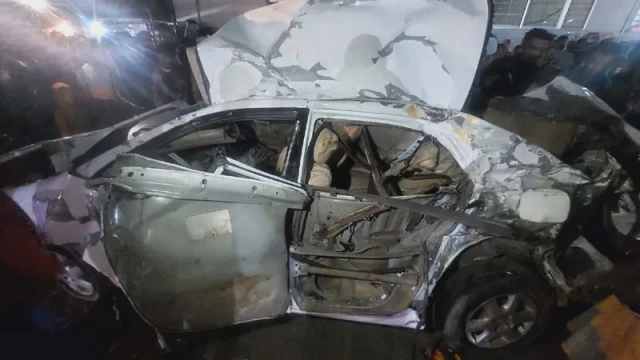


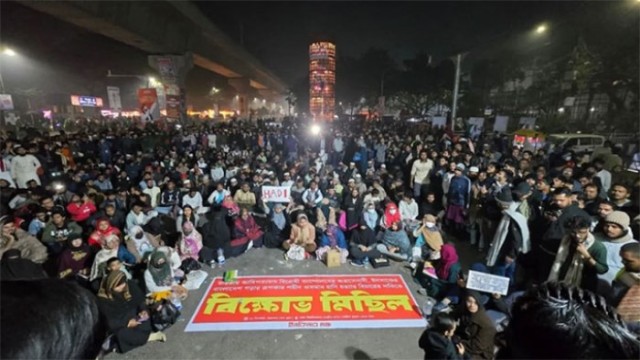
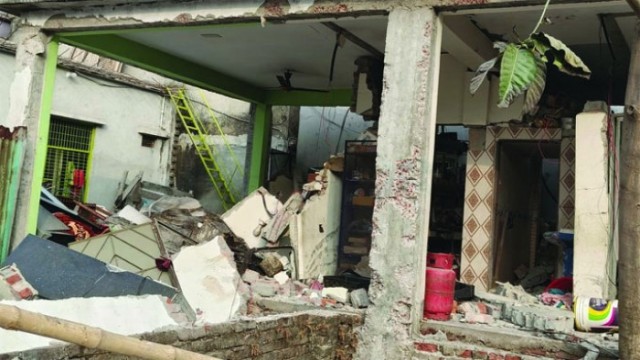
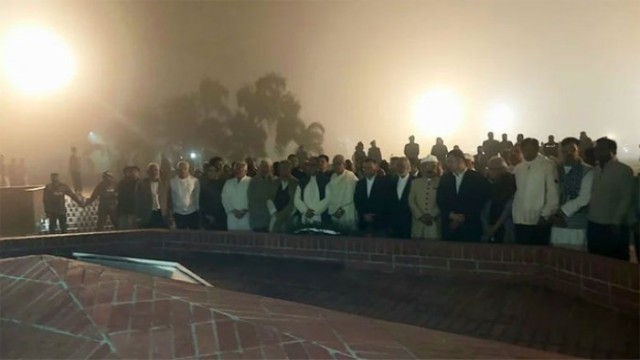














Comment: